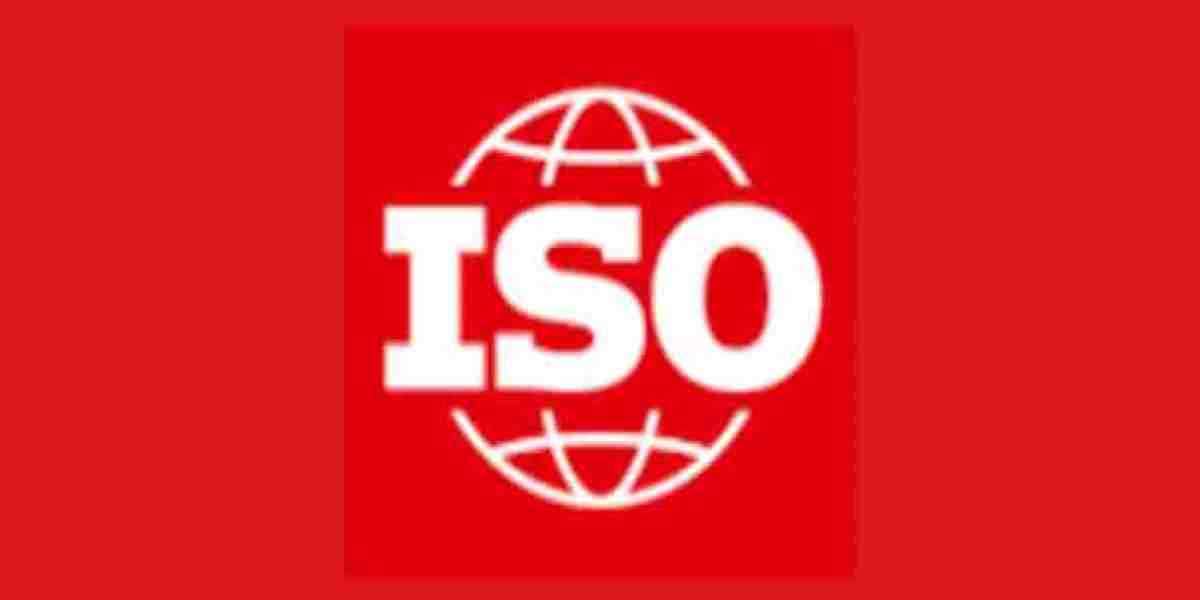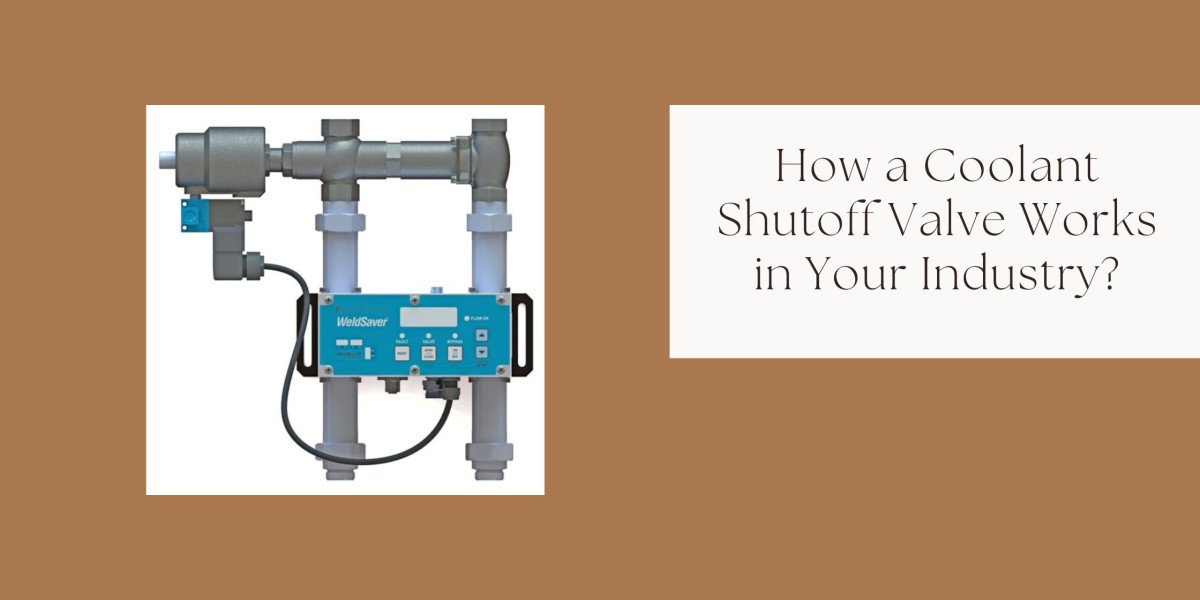ISO 15189 Certification: Ensuring Quality in Medical Laboratories
ISO 15189 is an internationally recognized standard specifically designed for medical laboratories, ensuring quality and competence in their operations. This certification is crucial for laboratories that aim to provide reliable test results and maintain high standards in patient care. Below, we explore the key aspects of ISO 15189 certification, its benefits, the certification process, and the challenges laboratories may face in obtaining it.
- Understanding ISO 15189 Certification
ISO 15189 is a standard developed by the International Organization for Standardization (ISO) to set requirements for quality management and technical competence in medical laboratories. It is based on ISO/IEC 17025 and ISO 9001 but is tailored to address the unique needs of the medical laboratory environment. The standard ensures that laboratories provide accurate and reliable results, which are essential for patient diagnosis and treatment.
ISO 15189 covers aspects such as personnel competence, equipment calibration, testing methods, and result reporting. Laboratories that comply with this standard demonstrate their commitment to maintaining a high level of service and accuracy in their test results. Compliance with ISO 15189 is also increasingly becoming a requirement in various healthcare regulations worldwide.
- Benefits of ISO 15189 Certification
Obtaining ISO 15189 certification offers numerous advantages to medical laboratories. Some of the key benefits include:
- Improved Accuracy and Reliability: Adhering to the standard ensures that test results are accurate and consistent, reducing errors and misdiagnoses.
- Enhanced Patient Safety: Reliable laboratory results contribute to better patient care, leading to improved health outcomes.
- Regulatory Compliance: Many regulatory bodies and accreditation agencies recognize ISO 15189, making it easier for laboratories to meet legal requirements.
- International Recognition: Certification enhances a laboratory’s credibility and facilitates global collaboration with healthcare institutions.
- Operational Efficiency: Implementing standardized procedures improves workflow efficiency, reduces waste, and optimizes resource utilization.
- Continuous Improvement: The certification process encourages a culture of ongoing quality improvement and staff development.
- The ISO 15189 Certification Process
The process of obtaining ISO 15189 certification involves several critical steps. Laboratories must undergo rigorous evaluation to ensure compliance with the standard’s requirements.
- Gap Analysis: The laboratory conducts an internal assessment to identify gaps between current practices and ISO 15189 requirements.
- Implementation of Quality Management System (QMS): Laboratories develop and implement a QMS to meet ISO 15189 standards, including documentation, training, and procedural improvements.
- Internal Audit and Management Review: An internal audit is conducted to evaluate compliance, followed by a management review to address any deficiencies.
- Application for Accreditation: The laboratory applies for certification with an accreditation body that provides ISO 15189 certification.
- On-Site Assessment: An external audit is conducted by the accreditation body to verify compliance.
- Corrective Actions and Certification: Any identified non-conformities must be corrected before certification is granted. Once compliance is confirmed, the laboratory receives its ISO 15189 certification.
- Challenges in Achieving ISO 15189 Certification
While ISO 15189 certification provides significant benefits, laboratories may encounter several challenges during the certification process. Some common challenges include:
- Resource Allocation: Implementing ISO 15189 requires financial and human resources, which may be a burden for small laboratories.
- Staff Training and Compliance: Ensuring that all personnel are trained and adhere to the new standards can be time-consuming.
- Document Control and Management: Maintaining detailed records and documentation as per ISO 15189 can be complex and requires strict oversight.
- Meeting Technical Requirements: Laboratories must invest in calibration, validation, and standardization of testing methods to meet technical criteria.
- Ongoing Maintenance: Certification is not a one-time achievement; laboratories must continuously improve and undergo periodic audits to maintain their certification.
Conclusion
ISO 15189 certification is a crucial standard for medical laboratories striving for excellence in quality and patient care. It enhances credibility, ensures accurate test results, and improves operational efficiency. Although achieving certification requires commitment, resources, and continuous improvement, the long-term benefits make it a worthwhile investment. Laboratories that obtain ISO 15189 certification demonstrate their dedication to quality and contribute to better healthcare outcomes worldwide.








